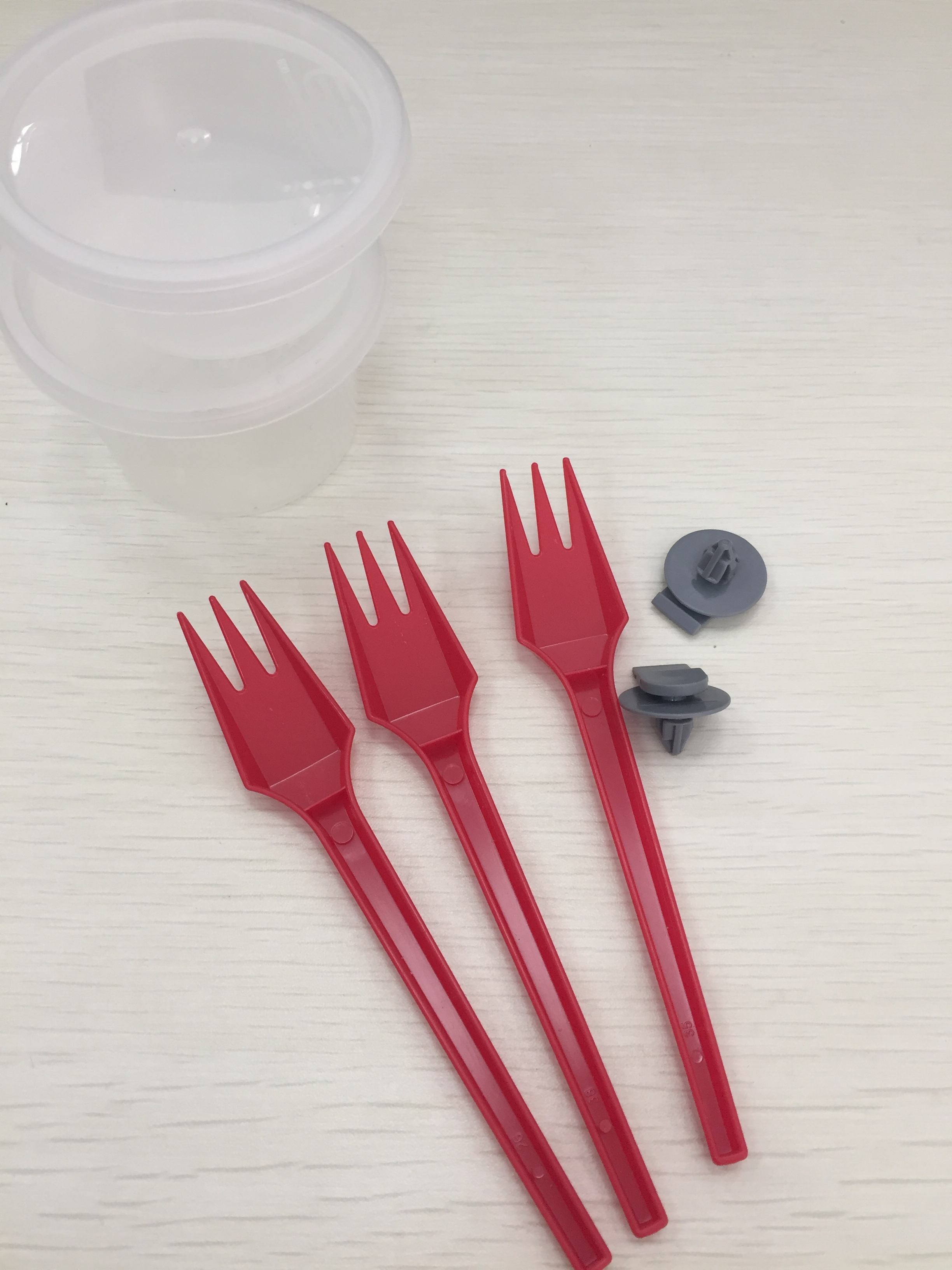Effect of temperature on pig growth
Pigs in different periods have different perceptions of temperature. Practice shows that big pigs are afraid of heat and piglets are cold. Temperature has a great influence on pigs. Different stages of the pig, the most suitable temperature range is different, as follows: Suckling piglets: the best temperature for a few hours of birth is 32-35 °C; 1-3 days the optimum temperature for 30-32 °C; 4-7 days optimum The temperature is 28-30°C; the optimum temperature in 14 days is 25-28°C; the optimum temperature in 14-25 days is 23-25°C; the optimum temperature in 26-63 days is 20-22°C; the optimum in 64-112 days The temperature is 17-20°C; the optimum temperature is 113-161°C; the temperature is 15-18°C; the boar is 15-20°C; the littering sows are 18-22°C; the optimum temperature for pregnant sows is 15-20°C. . Pigs of different ages have different requirements for temperature, and the critical temperature for pig growth and development is called the optimum temperature. The following formula can be used to calculate: T=-0.06W+26. For example, the suitable temperature for piglets is T=-0.06×20+26=24.8°C, and the suitable temperature for 100 kg of piglets is T=-0.06×100+26=20°C.
With the progress of society and the development of science and technology, many aquaculture industries have emerged, such as greenhouse cultivation, which can greatly increase the economic benefits of the breeding industry. Because of the greenhouse cultivation process, many factors such as air temperature, humidity, light, and food are controlled by humans and can control the growth of animals. If the growth of the pig is very affected by the temperature, so how to use the temperature illuminance recorder to control the greenhouse temperature, can greatly promote the pig's growth and development.
For example, the growth rate of finishing pigs is best around 20°C, while the best feed utilization rate is at 25°C; the further the ambient temperature is from the best pig temperature, the greater the impact of production performance; at 0°C, the feed The utilization rate is as high as 9.45. 1. Effect of low temperature: Pigs increase body temperature calorie consumption and increase feed intake at low temperatures. When the pig is at the lower critical temperature, the daily weight gain decreases by 11-22 g per 1°C drop, and the feed consumes 20-30 g more. For example, for a 40~50kg finishing pig, the average daily feed intake is 2~2.5kg at 10~25°C, and the daily gain is 0.6~0.65kg; if the temperature drops to 5°C, the daily gain is 0.4kg; at 0°C The daily weight gain is only 0.2kg. When dropped to -10°C, the daily gain is -0.2kg. 2, the impact of high temperature: When the pig is at the upper critical temperature, the temperature increased by 1 °C, daily weight loss decreased by 30g, feed consumption increased by 60 ~ 70g. For example, for finishing pigs with 40~50kg, when the temperature rises to 30°C, the daily average weight gain is 0.4kg; when it rises to 35°C, the daily gain is 0.2kg; when the temperature rises to 38°C, the daily gain is -0.2~-0.6kg .
This is just the case of fattening pigs, and piglets, boars and sows, etc., are affected by temperature. Therefore, recorders such as warm illuminance recorders are not only very popular in meteorological testing, but also in the breeding industry. It is believed that these high-tech instruments will gain more and more praise in the future of science and technology development.
Small Plastic Parts Making Machines
Small size plastic injection moulding machines specially produce high procison mini plastic parts with fast response, stable quality.
It is widely used in food packaging industrial like plastic spoons, knifes and forks.
And also widely sued for stationary industrial like pens.
Vertification of many year's market application, optimal combination configuration, stable, reliable and durable system with the characteristics of high efficiency, energy saving, low voice and strong power.

Small Plastic Parts Making Machines,Small Plastic Parts,Small Plastic Parts Mould,Making Injection Molding Machine
Ningbo Tongyong Plastic Machinery Manufacturering Co. Ltd. , https://www.tongyong-machinery.com